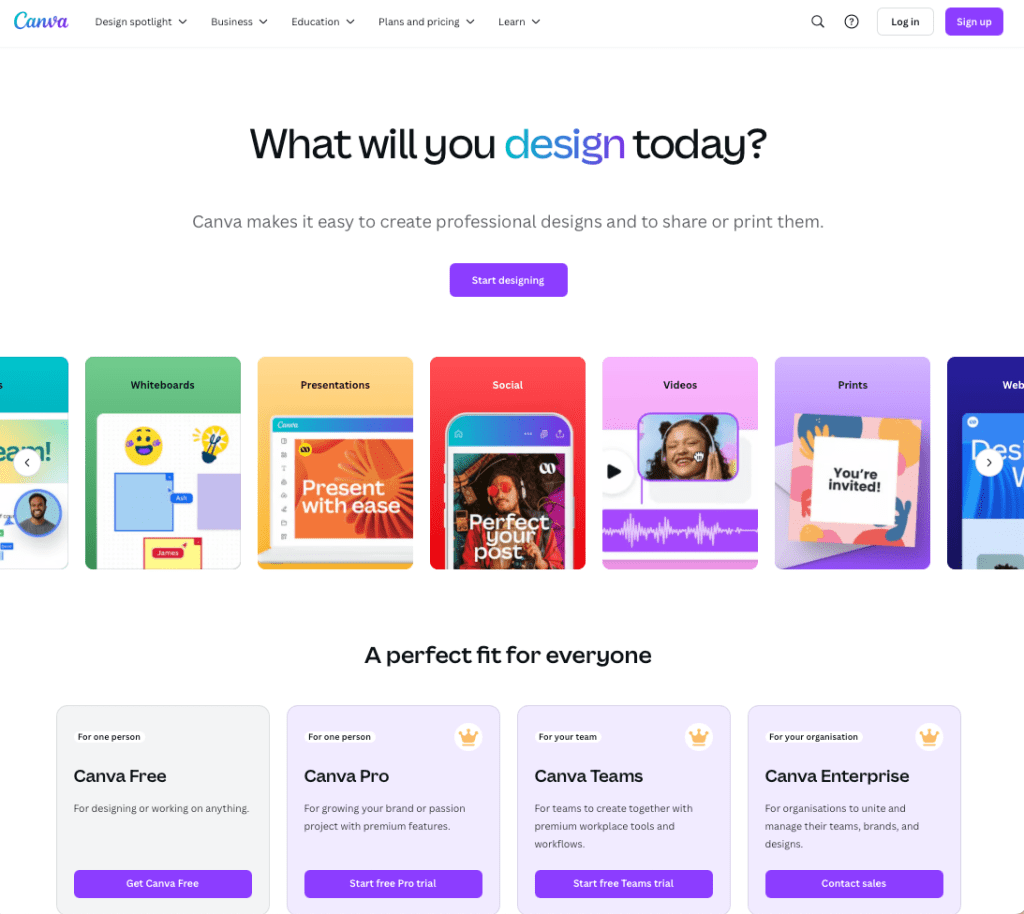As a product builder, you navigate a world of thrilling ideas, ever-changing market dynamics, and a constant stream of notifications. In this whirlwind of activity, maintaining razor-sharp focus is essential to crafting exceptional products. Let’s dive into actionable tactics to fend off distractions and cultivate deep focus.
1. Mindful Mornings: Set Your Intentions
Before the digital deluge begins, dedicate your mornings to quiet reflection. Start with a few minutes of meditation or deep breathing to ground yourself. Then, outline your top priorities for the day. Prioritize the high-impact tasks that propel your product forward. This intentional start will guide you amidst a flood of demands.
2. The Power of “No”: Embrace Selective Attention
The ability to say a clear and focused “no” is a product builder’s superpower. New feature requests, meetings, and opportunities will constantly vie for your attention. Learn to gracefully decline anything that doesn’t directly align with your core product goals. Prioritization is your shield against a scattered mind.
3. Time-Blocking: Your Focus Fortress
Divide your workday into dedicated blocks for specific tasks. Deep-work blocks (60-90 minutes) are ideal for tackling knotty problems or design challenges. Sprinkle in shorter blocks for emails, communication, and administrative needs. Protect these time blocks fiercely to maximize your focus.
4. Digital Detox: Unplug to Recharge
The allure of social media, news feeds, and constant notifications is potent. Schedule regular breaks to disconnect. A short walk in nature, a burst of exercise, or even simply closing your eyes for a few minutes will refresh your mental bandwidth.
5. Tame Your Environment: Design for Concentration
Is your workspace a symphony of visual clutter and competing noises? Craft a distraction-free zone. Utilize noise-cancelling headphones, minimize desktop clutter, and find a work environment that promotes tranquility. Your physical surroundings profoundly influence your mental focus.
6. Accountability Partners: Focus Together
Find an accountability buddy – a fellow product builder, a mentor, or a colleague. Share your daily goals and check in with each other. Knowing that someone is keeping tabs motivates you to stay on track and celebrate your focused wins.
7. Celebrate the Small Wins: Sustaining Momentum
The journey of focus is long. Don’t get discouraged by the occasional distraction. Acknowledge the small wins: a completed deep-work session, a productive day free of unnecessary interruptions. This positive reinforcement will wire your brain for focused habits.
Focus is a Muscle
Much like building physical strength, improving focus takes dedicated practice. Be compassionate towards yourself. Some days are bound to be more scattered than others. The key is consistency – persistently returning your attention back to the product building mission that ignites your passion.
Conquering Distractions: Tactics for Laser-Sharp Focus in Product Building
As a product builder, you navigate a world of thrilling ideas, ever-changing market dynamics, and a constant stream of notifications. In this whirlwind of activity, maintaining razor-sharp focus is essential to crafting exceptional products. Let’s dive into actionable tactics to fend off distractions and cultivate deep focus.
1. Mindful Mornings: Set Your Intentions
Before the digital deluge begins, dedicate your mornings to quiet reflection. Start with a few minutes of meditation or deep breathing to ground yourself. Then, outline your top priorities for the day. Prioritize the high-impact tasks that propel your product forward. This intentional start will guide you amidst a flood of demands.
2. The Power of “No”: Embrace Selective Attention
The ability to say a clear and focused “no” is a product builder’s superpower. New feature requests, meetings, and opportunities will constantly vie for your attention. Learn to gracefully decline anything that doesn’t directly align with your core product goals. Prioritization is your shield against a scattered mind.
3. Time-Blocking: Your Focus Fortress
Divide your workday into dedicated blocks for specific tasks. Deep-work blocks (60-90 minutes) are ideal for tackling knotty problems or design challenges. Sprinkle in shorter blocks for emails, communication, and administrative needs. Protect these time blocks fiercely to maximize your focus.
4. Digital Detox: Unplug to Recharge
The allure of social media, news feeds, and constant notifications is potent. Schedule regular breaks to disconnect. A short walk in nature, a burst of exercise, or even simply closing your eyes for a few minutes will refresh your mental bandwidth.
5. Tame Your Environment: Design for Concentration
Is your workspace a symphony of visual clutter and competing noises? Craft a distraction-free zone. Utilize noise-cancelling headphones, minimize desktop clutter, and find a work environment that promotes tranquility. Your physical surroundings profoundly influence your mental focus.
6. Accountability Partners: Focus Together
Find an accountability buddy – a fellow product builder, a mentor, or a colleague. Share your daily goals and check in with each other. Knowing that someone is keeping tabs motivates you to stay on track and celebrate your focused wins.
7. Celebrate the Small Wins: Sustaining Momentum
The journey of focus is long. Don’t get discouraged by the occasional distraction. Acknowledge the small wins: a completed deep-work session, a productive day free of unnecessary interruptions. This positive reinforcement will wire your brain for focused habits.
Focus is a Muscle
Much like building physical strength, improving focus takes dedicated practice. Be compassionate towards yourself. Some days are bound to be more scattered than others. The key is consistency – persistently returning your attention back to the product building mission that ignites your passion.
As a product builder, you navigate a world of thrilling ideas, ever-changing market dynamics, and a constant stream of notifications. In this whirlwind of activity, maintaining razor-sharp focus is essential to crafting exceptional products. Let’s dive into actionable tactics to fend off distractions and cultivate deep focus.


